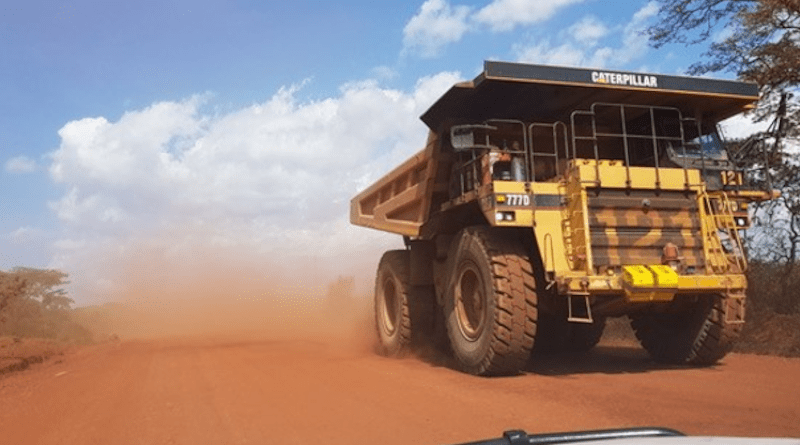Gold Mine Workers Face Risk Of Death In The Community More Than Double That Of Non-Miners
A 1-year-long analysis of two gold mining communities in Tanzania found that mine workers faced a risk of death more than twice that faced by non-miner community members, and that much of this increased risk was related to road traffic injuries. Isaac Lyatuu of the Ifakara Health Institute in Dar es Salaam, Tanzania, and colleagues present these findings in the new open-access journal PLOS Global Public Health.
Mining operations can bring significant economic benefits to communities. While mining is notoriously hazardous, recent years have seen the implementation of national and international initiatives to improve mine safety. However, the overall impact of these safety efforts in gold mining communities has been unclear. To reveal the safety of gold mining, Lyatuu and colleagues monitored deaths occurring between February 2019 and February 2020 in two communities associated with large gold mines in northern Tanzania.
Statistical analysis of the data showed that, within each of the two communities, the risk of death for mine workers was more than twice the risk of death for non-miners, and much of this increased risk was due to road traffic injuries and other injuries. Compared to non-miners, mine workers were over 10 times more likely to die as a result of such injuries.
The analysis also showed that, relative to other areas in Tanzania, the mining communities had higher rates of road traffic injuries and higher rates of death due to infectious diseases that were unrelated to human immunodeficiency virus (HIV). However, in contrast with findings from prior studies, they did not have increased rates of death due to HIV.
Overall, these findings suggest that the top causes of death are similar between mining and non-mining communities in Tanzania. However, despite recent safety efforts, gold mining communities still face high death rates.
The authors note that the higher risk of traffic deaths could be related to the rapid population growth, urbanization, and increased affordability of vehicles often seen in mining communities. They suggest that community safety programs aimed at reducing injuries could help lower death rates in these areas.
Author Isaac Lyatuu notes: “Resource extraction activities have been identified as hazardous with substantially increased risk of adverse health outcomes for miners and surrounding communities. On the other hand, resource extraction activities can contribute to rapid population growth, urbanization and overall improvement in socio-economic status. The presence of positive and/or negative effects calls for the application of health impact assessment in order to minimize adverse effects while fostering opportunities for equitable and sustainable development.”

